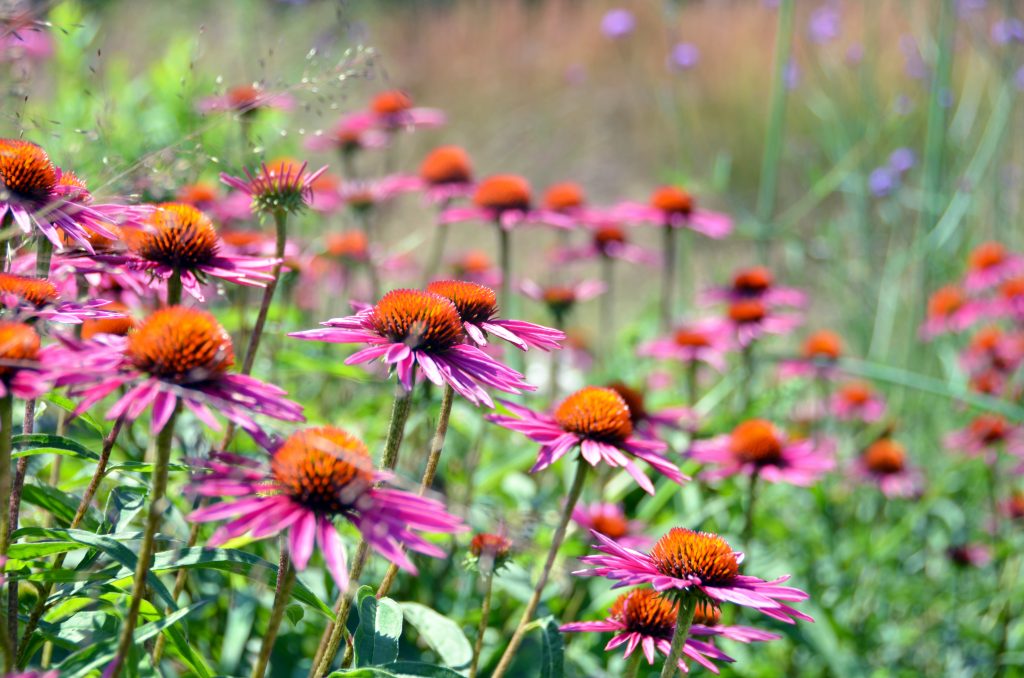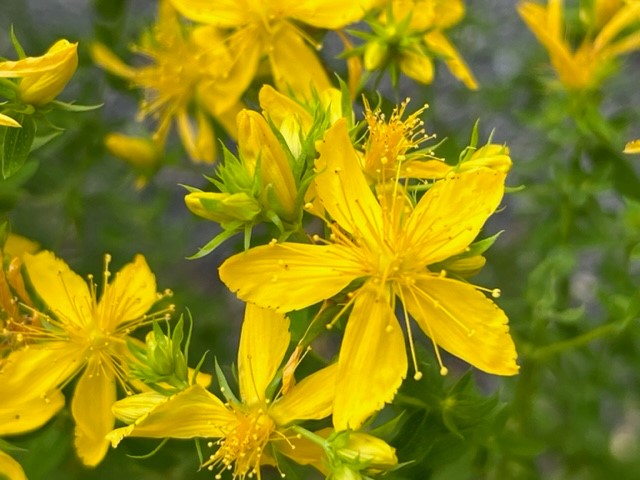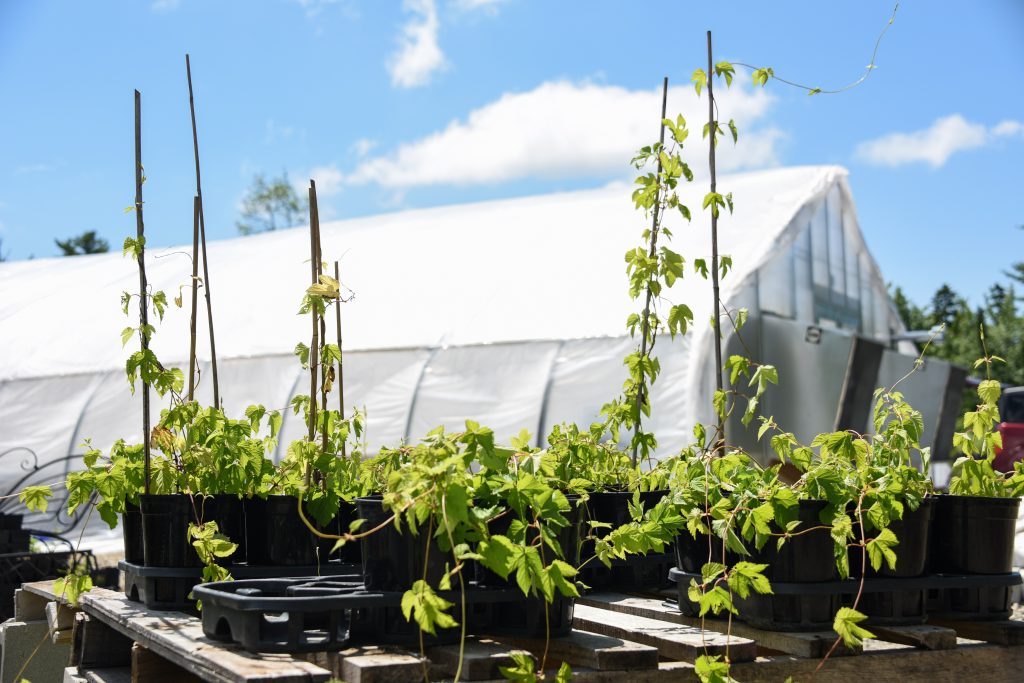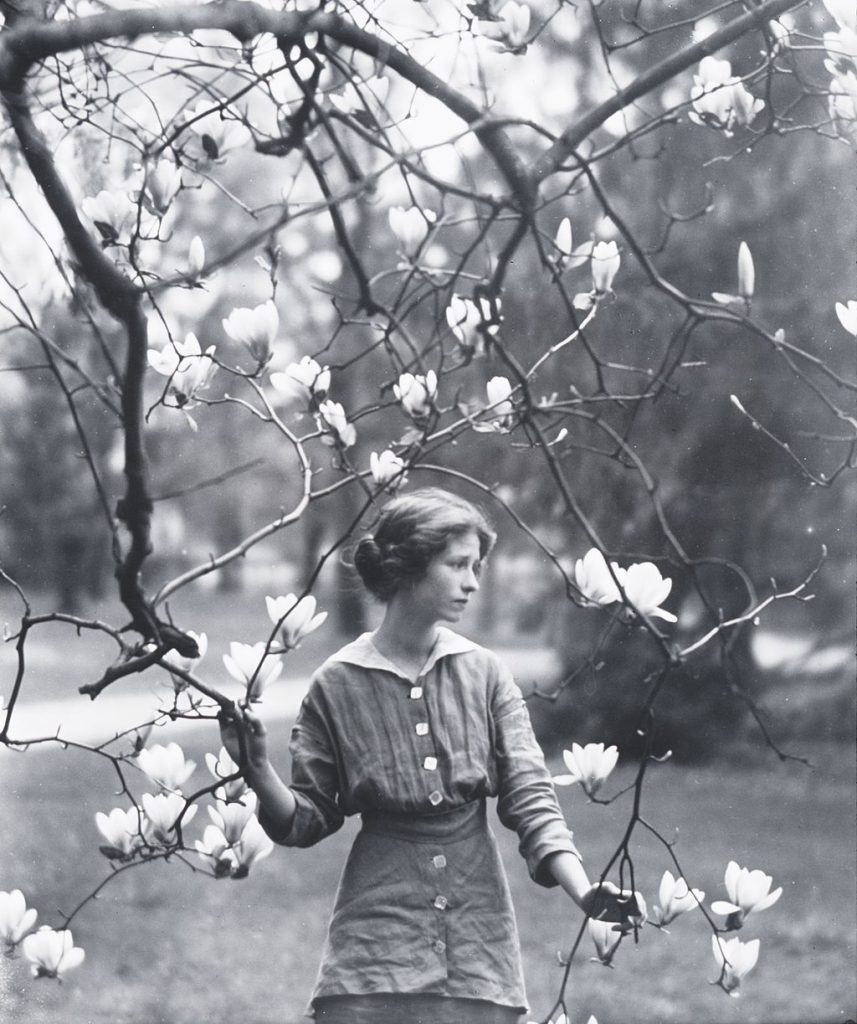It’s high summer and the blooms are popping at the Gardens. The sight, the scents, the diversity—it’s all so good for our well-being. But did you know that some of these plants, ornamental and beautiful as they are, are part of the long history and tradition of herbal medicine?
Ever since I was a kid, my favorite thing to do was forage in the woods behind my house, looking for plants that did double, triple duty: sight and scent, of course, but food and medicine? Finding those was like discovering hidden treasure.
Now that I work at the Gardens, not much has changed. If you’ve dabbled with herbs as part of your wellness routine, then some of these plants might be familiar to you. At any rate, it’s quite fun to see plants we associate with teas and tinctures in full and wild bloom. If herbs are part of your repertoire (and even if they aren’t) definitely check these out next time you’re at the Gardens.



